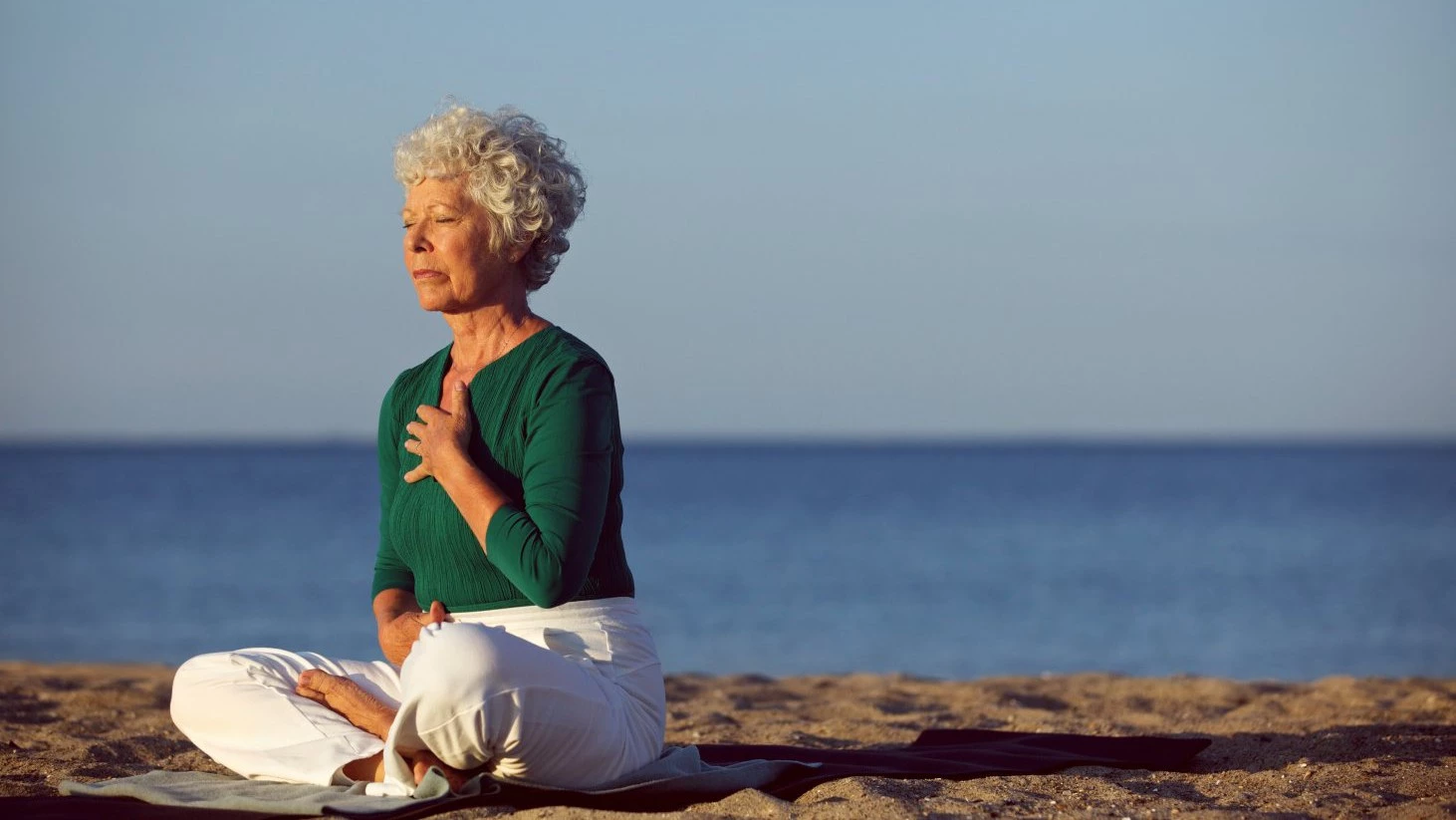Yoga and Self-Compassion: Balancing the Dark Side of Self-Care

Self-care is a popular term these days. I believe the meaning has been watered-down or misinterpreted to the point that when we say ‘I’m going to take some time for some self-care’ it often implies a time-out perhaps for some solitude, rest or indulgence in something that we love or think is good for our health. But many (including myself) have experienced the dark side of this so-called ‘self-care’ movement. When self-care becomes another item on your list of things ‘to do’ or an added pressure or expectation in an unrelenting pursuit of better health, it can become the antithesis of self-care, and I think we are missing the whole point of it. 
To me, self-care is more of an approach; a philosophy and a dynamic process, that guides your every moment and is continually changing. Sure, self-care may include rest, solitude, stillness, social connection, laughter, physical activity, time in nature, music, play, dance, boundary setting, a difficult and honest conversation, a fun conversation, meditation, crying, a warm hug, silence, being sad, being angry, effort or service; but these activities aren’t ‘self-care activities’, they are just activities.
Self-care is about when and how you choose or allow these and how you respect your own needs during the process.
The Self-Care Process
This self-care process involves awareness, attention, self-reflection, insight, courage, and action.
I do believe there is one consistent feature of self-care, and it is self-compassion. Self-compassion includes having a clear non-judgemental awareness of your needs and having the courage, kindness, and love to meet those needs, including asking for support when needed.
In summary, I try to think of self-care as an ongoing process of self-compassion and way of life, and not a list of activities to check off. (And for the record, self-care (redefined) and self-compassion are not selfish; instead, they are essential, so you have the inner resources available when required to care for and serve others).
*This post has been inspired by the research, reflection, and writing I’ve been doing for a soon-to-be-released textbook I am co-editing and co-authoring with Neil Pearson and Marlysa Sullivan, along with numerous contributors:
“Yoga and Science in Pain Care: Treating the Person in Pain”
Also from Shelly Prosko and YogaUOnline – 8 Ways to Help Yoga Students Engage Their Pelvic Floors.
Interested in developing greater interoception? A course from James Knight and YogaUOnline – Developing Interoception: Creating Embodiment Through Somatic Awakening.
Reprinted with permission from Physioyoga.ca

 Shelly Prosko, PT, PYT, CPI, C-IAYT is a physiotherapist and yoga therapist dedicated to educating, empowering and inspiring individuals to create and sustain optimal health by teaching and advocating for the integration of yoga therapy into modern healthcare. She is a respected pioneer of PhysioYoga, a combination of physiotherapy and yoga. Shelly guest lectures at medical colleges, teaches in numerous yoga therapy programs and yoga teacher trainings, speaks internationally at yoga therapy and medical conferences, offers onsite and online continuing education courses for healthcare professionals, yoga therapists, and yoga teachers, and offers workshops and individual sessions for those suffering from a wide variety of conditions, including pelvic floor dysfunctions and persistent (chronic) pain.
Shelly Prosko, PT, PYT, CPI, C-IAYT is a physiotherapist and yoga therapist dedicated to educating, empowering and inspiring individuals to create and sustain optimal health by teaching and advocating for the integration of yoga therapy into modern healthcare. She is a respected pioneer of PhysioYoga, a combination of physiotherapy and yoga. Shelly guest lectures at medical colleges, teaches in numerous yoga therapy programs and yoga teacher trainings, speaks internationally at yoga therapy and medical conferences, offers onsite and online continuing education courses for healthcare professionals, yoga therapists, and yoga teachers, and offers workshops and individual sessions for those suffering from a wide variety of conditions, including pelvic floor dysfunctions and persistent (chronic) pain.
Shelly has extensive training in a variety of specialty areas and over 20 years of experience of integrating yoga into rehabilitation and wellness care. She emphasizes the immense value gained from clinical experience and learning from the people she works with and the students she teaches. She considers herself a lifelong student, truth seeker, and change maker. Please visit www.physioyoga.ca for more information.



